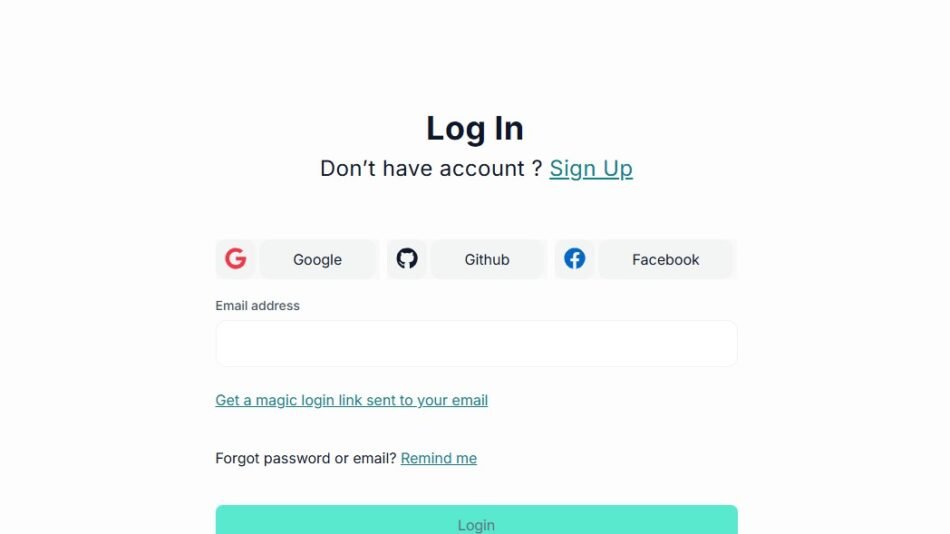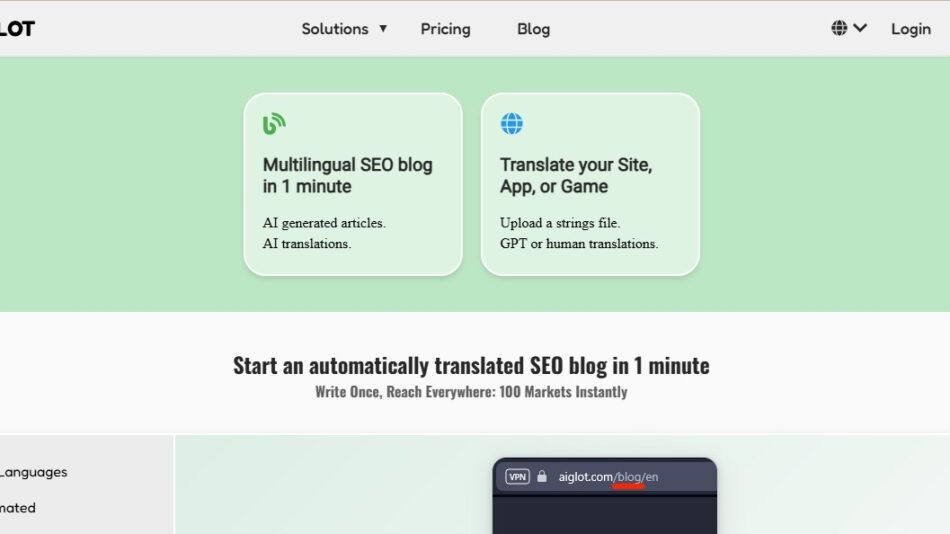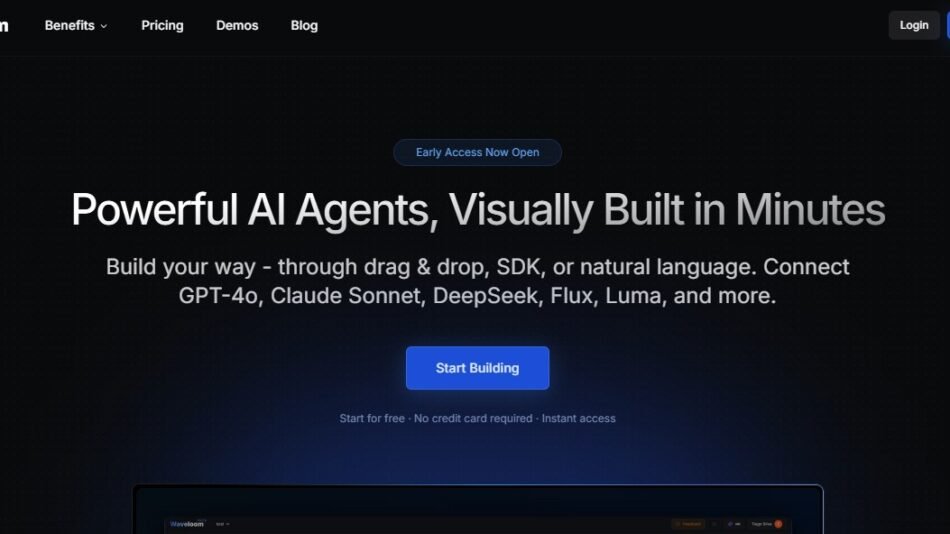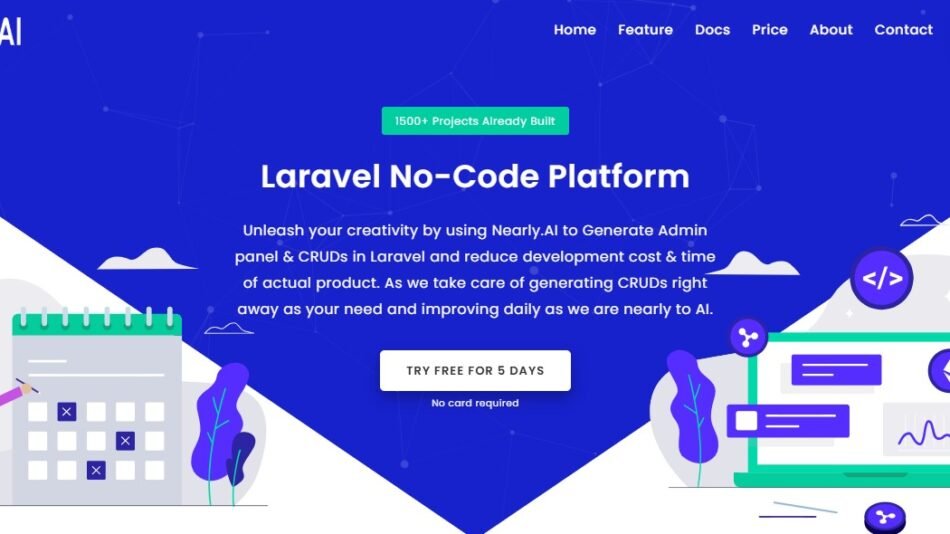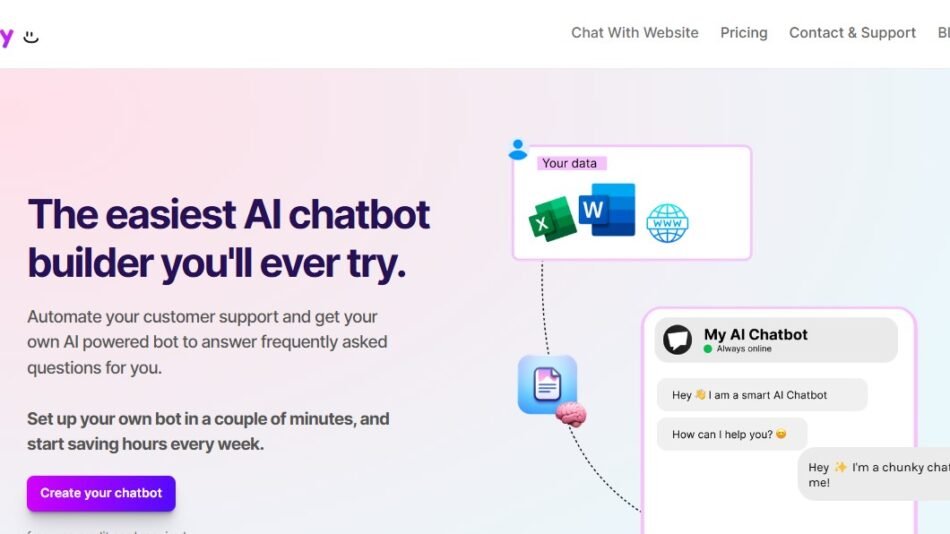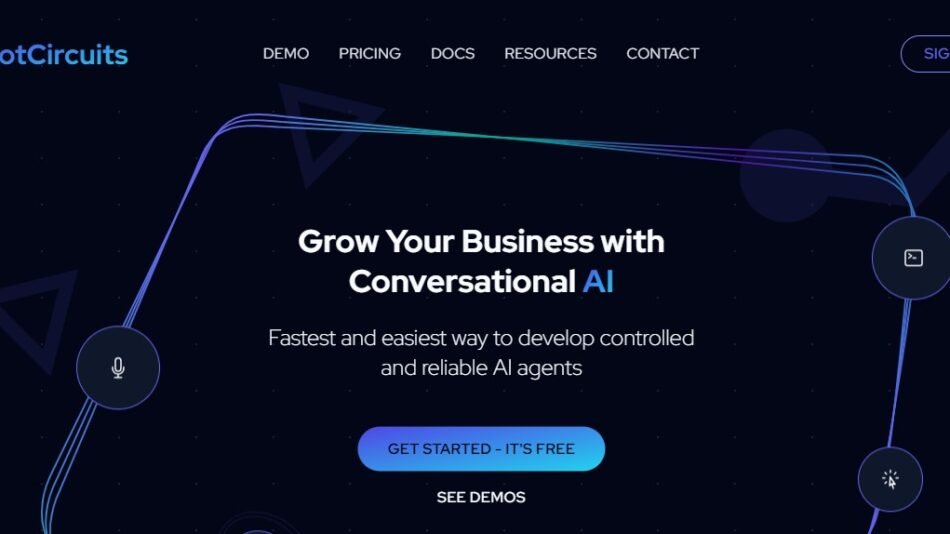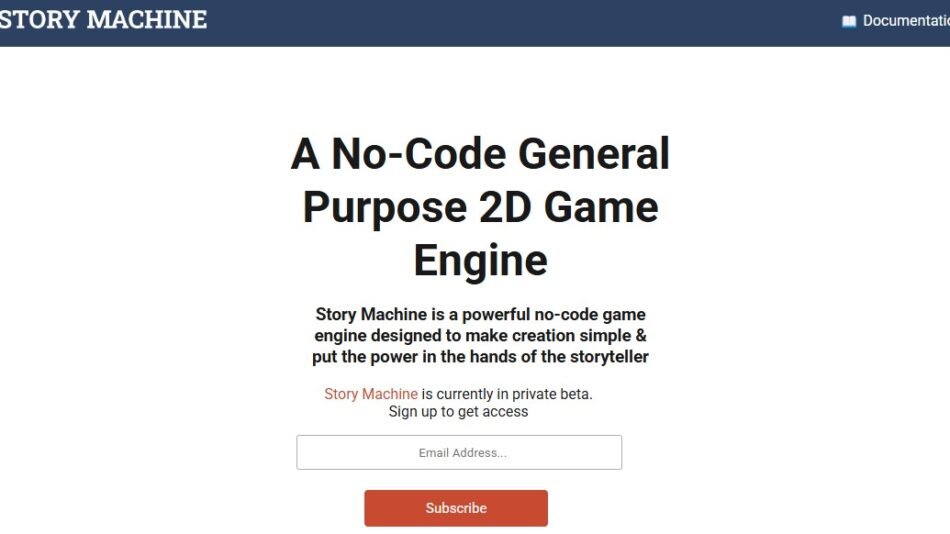Autoflow is a no-code AI workflow automation platform that helps businesses eliminate manual tasks, integrate business applications, and enhance operational efficiency.
Using artificial intelligence, robotic process automation (RPA), and machine learning, Autoflow allows users to automate workflows across multiple platforms, reducing human error and improving productivity.
Designed for startups, enterprises, and non-technical users, Autoflow makes business process automation simple and scalable.
Key Features of Autoflow
- No-Code Workflow Automation – Enables users to create automation workflows without coding.
- AI-Powered Task Management – Uses machine learning to optimize workflow execution.
- Drag-and-Drop Workflow Builder – Design automation flows easily with an intuitive interface.
- Multi-App Integrations – Connects with CRM, ERP, cloud services, and marketing tools.
- Automated Data Processing & Notifications – Reduces manual data entry and improves efficiency.
- AI Decision Making & Predictive Analytics – Helps businesses make data-driven automation decisions.
- Real-Time Workflow Monitoring & Alerts – Detects and resolves automation issues proactively.
- Secure & Scalable Cloud Infrastructure – Supports enterprise-grade security and compliance.
How Autoflow Works
User Defines Automation Goals
- Identify tasks, workflows, and integrations needed.
Design Workflow Using Drag-and-Drop Builder
- Create custom workflows with AI-powered automation tools.
Integrate Business Applications
- Connect with CRM, databases, email platforms, and cloud tools.
Deploy & Monitor Automated Tasks
- AI tracks workflow performance and suggests optimizations.
Optimize & Scale Automation
- Businesses can expand, refine, and adapt workflows over time.
Use Cases of Autoflow
- Marketing Automation – Automates email sequences, lead nurturing, and social media scheduling.
- Sales & CRM Integration – Syncs customer data, follow-ups, and pipeline management.
- HR & Employee Onboarding – Simplifies payroll, recruitment, and employee data workflows.
- Finance & Accounting – Automates invoice processing, expense tracking, and approval workflows.
- E-Commerce & Order Processing – Manages inventory, payment tracking, and shipping updates.
Autoflow Pricing
Since Autoflow’s official website does not disclose pricing details, most no-code workflow automation platforms typically offer:
- Free Plan – Basic workflow automation with limited integrations.
- Pro Plan – Advanced multi-step workflows, AI automation, and API support.
- Enterprise Plan – Custom pricing for large-scale workflow automation and business integrations.
For exact pricing, visit Autoflow’s official website.
Strengths of Autoflow
- AI-Powered Workflow Optimization – Uses AI to enhance process efficiency.
- No-Code Automation for Non-Technical Users – Allows easy setup without coding knowledge.
- Seamless Multi-App Integration – Connects with business software, databases, and cloud tools.
- Real-Time Task Monitoring & Alerts – Improves workflow accuracy and automation reliability.
- Scalable & Secure for Businesses – Supports enterprise security and cloud deployment.
Drawbacks of Autoflow
- Limited Pricing Transparency – No public pricing details available.
- May Require API Configuration for Advanced Use – Some businesses may need developer support for custom integrations.
- AI Optimization May Require Fine-Tuning – Users may need to adjust automation settings for optimal performance.
Comparison with Other No-Code Workflow Automation Platforms
Autoflow vs. Zapier
- Zapier focuses on simple task automation, while Autoflow offers AI-powered workflow management.
- Autoflow provides predictive analytics, whereas Zapier relies on manual trigger-based automation.
Autoflow vs. Make (formerly Integromat)
- Make specializes in visual automation, while Autoflow integrates AI-driven process optimization.
- Autoflow is easier for beginners, whereas Make is more technical and suited for developers.
Autoflow vs. Power Automate
- Power Automate is Microsoft-centric, while Autoflow supports a wider range of platforms.
- Autoflow provides AI-driven insights, whereas Power Automate focuses on rule-based workflows.
Customer Reviews & Testimonials
Since Autoflow’s user reviews are not widely available, here are common praises for AI-powered workflow automation platforms:
- “Automating tasks with Autoflow has saved our team hours of manual work every week.” – Operations Manager
- “The no-code interface makes it easy to set up complex workflows without coding.” – Small Business Owner
- “AI-powered insights helped us streamline business processes effortlessly.” – Digital Marketer
Users generally appreciate Autoflow’s intuitive automation, AI-powered workflow optimization, and seamless integrations, but some mention that advanced API setups may require technical expertise.
Conclusion
Autoflow is an AI-powered no-code workflow automation platform that enables businesses to automate tasks, integrate applications, and optimize operations efficiently. With drag-and-drop workflow creation, AI-driven automation, and seamless integrations, it provides a powerful solution for businesses looking to enhance productivity.
For companies seeking to reduce manual work, improve efficiency, and scale automation without coding, Autoflow is an excellent choice.
For more details, visit Autoflow’s official website.

